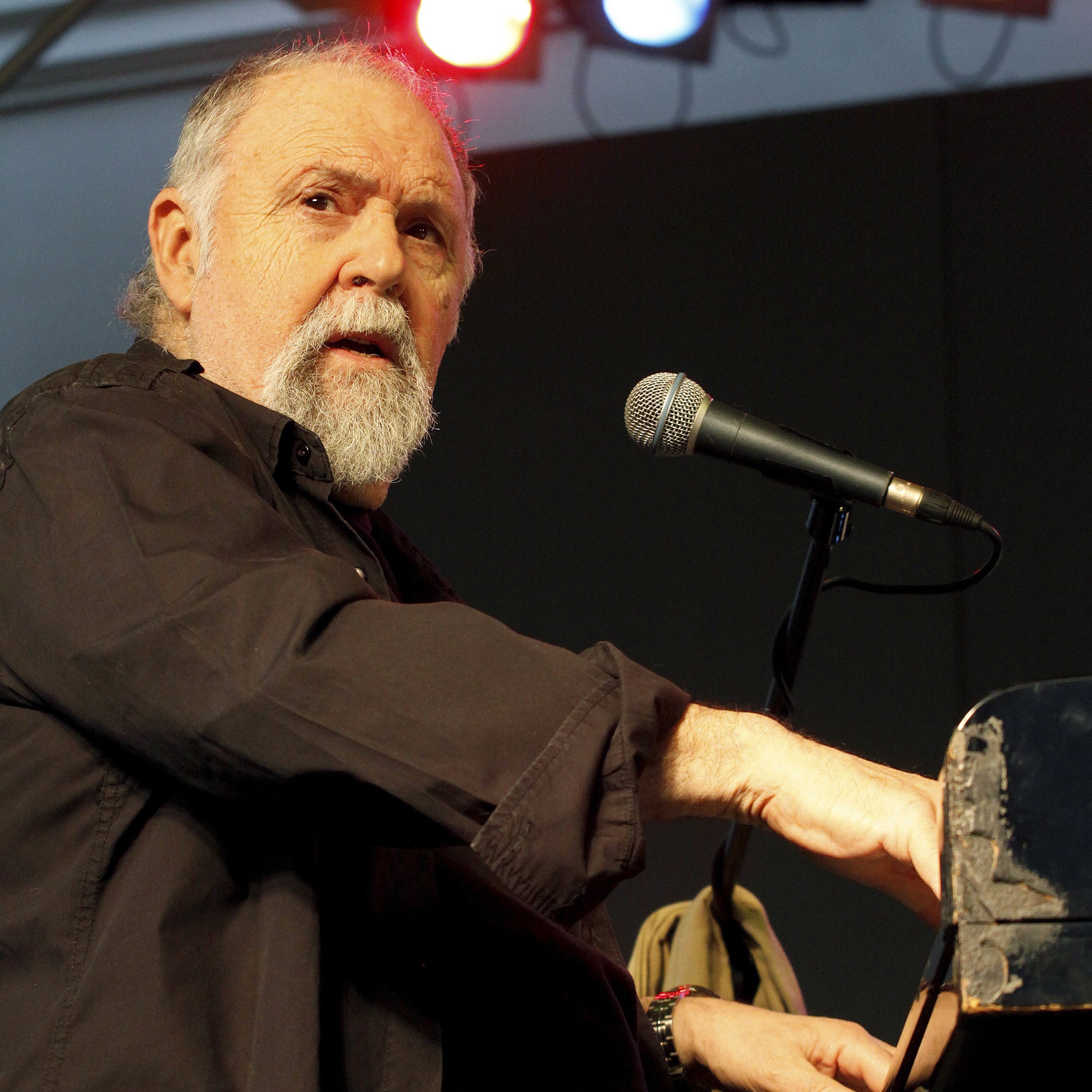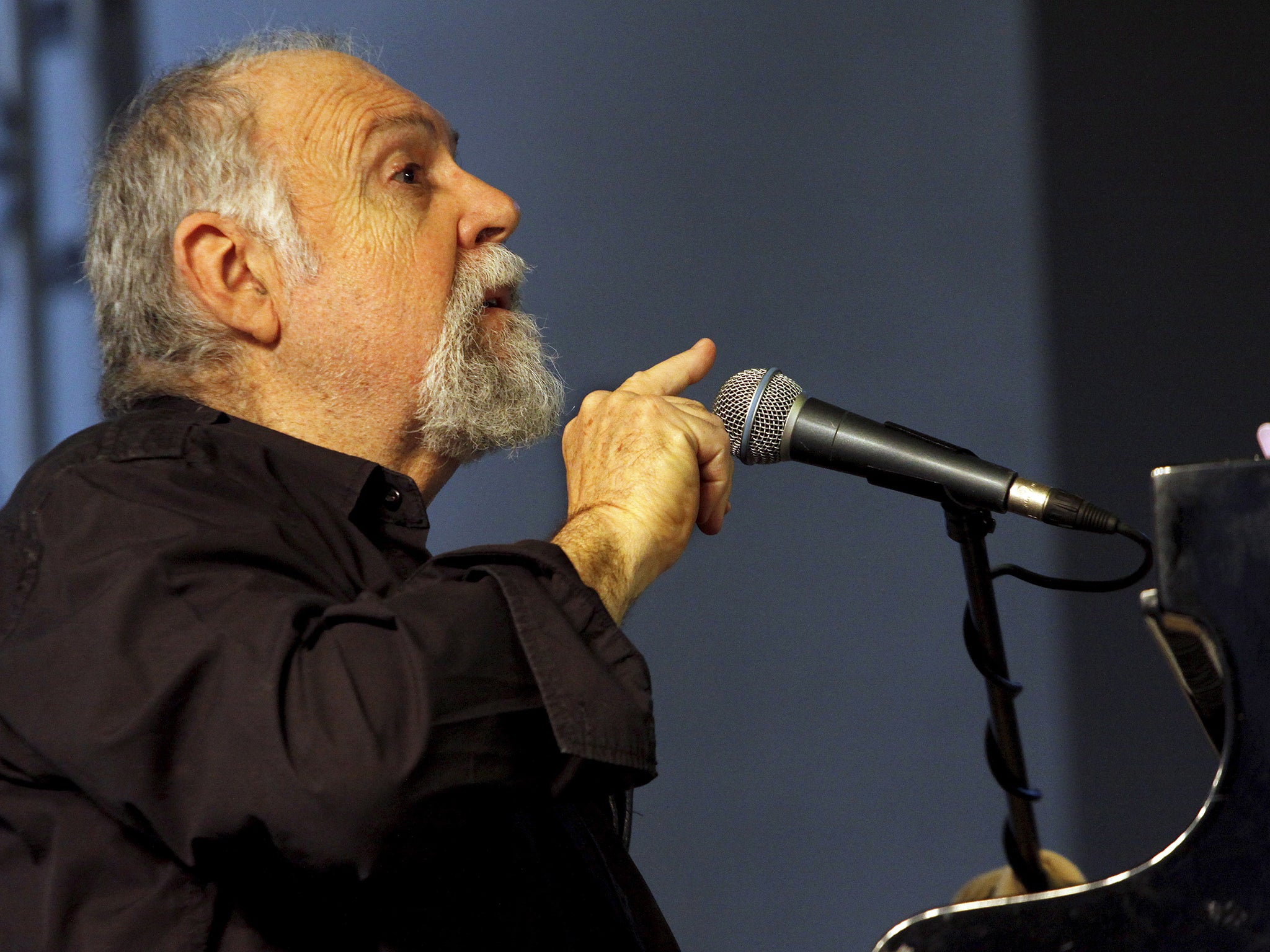Juan Carlos Caceres: Musician who made Paris ‘the second capital of Tango’
Caceres upset some with his belief that the genre came from Africa

Your support helps us to tell the story
From reproductive rights to climate change to Big Tech, The Independent is on the ground when the story is developing. Whether it's investigating the financials of Elon Musk's pro-Trump PAC or producing our latest documentary, 'The A Word', which shines a light on the American women fighting for reproductive rights, we know how important it is to parse out the facts from the messaging.
At such a critical moment in US history, we need reporters on the ground. Your donation allows us to keep sending journalists to speak to both sides of the story.
The Independent is trusted by Americans across the entire political spectrum. And unlike many other quality news outlets, we choose not to lock Americans out of our reporting and analysis with paywalls. We believe quality journalism should be available to everyone, paid for by those who can afford it.
Your support makes all the difference.Juan Carlos Caceres, a singer, composer, trombonist and pianist, was a key figure in exporting the tango from his native Argentina to Paris in the late 1960s, giving the City of Light a reputation as “the second capital of Tango”. Spending more than half his 78 years in Paris, he moulded tango music into his unique style, infusing it with rhythms from jazz, rock, European polka, classical, and, especially, indigenous African jungle sounds. In France, his gravelly voice and beard, brought him the nickname “Le Lion”.
Although he was white and of Spanish origin – “I’m just an old Spaniard,” he liked to say – he upset the tango establishment with his conviction that the famous latino dance and sounds long associated with Argentina and Uruguay were actually rooted in the African continent and brought to South America by slaves. He consolidated that belief in perhaps his best-known song, “Tango Negro”, in 1998, in which he used an onomatopoeic chorus based on street songs by blacks on both sides of the River Plate – “borocoto, borocoto chas chas chas.”
Caceres believed that tango’s origins were in the candombe drum and dance ceremonies brought from Africa by slaves whose free descendants continued the tradition in the slums of the Argentinian and Uruguayan capitals, Buenos Aires and Montevideo. The drums were known in Africa as tango, with the emphasis on the second syllable. Caceres therefore based much of his music on African rhythms, blending it into his own fusion of jazz and other influences. “He dug out the African roots like a driven archaeologist,” one music critic said.
“The tango is made up of three layers of sadness,” Caceres once said. “The sadness of the immigrants, the sadness of the gauchos – the people who lived in the country – and finally the sadness of the blacks, who didn’t come here as immigrants but were brought here by force.”
From his early career in Argentina he fused his tango music with milonga, now best-known as a latino genre but which originated around Cadiz on Spain’s Atlantic coast, and murga, a popular form most identified with Uruguay, across the River Plate from Argentina. Once established in Paris, he joined Argentinian exiles in a freestyle fusion which became known as electronic tango or neo-tango, often bringing his music to the streets of Paris in a lorry full of musician friends.
Perhaps as a result of his nonconformity, Caceres was better known in Europe and North America than in his native Argentina. For reasons unknown, he also packed concert halls in Istanbul, despite the Turkish city’s relatively insignificant Spanish-speaking population. “I love Istanbul and it seems to love me,” he said.

Caceres, an art student in his youth, was also an accomplished and exhibited painter, often depicting black subjects, including tango-ing couples or black Argentinian soldiers in historical wars. His works, described as part neo-figurative, part-naive, featured on some of his album covers.
Two of his paintings are in the University of Essex Collection of Art from Latin America. He was also a plastic arts teacher in Paris for many years, while painting in his studio on Rue de Rochechouart.
Juan Carlos Caceres was a porteño, a native of Buenos Aires. He was born 1936, a year after the death of Carlos Gardel, the great French-Argentinian tango singer known for his rakish fedora. As a young man, Caceres studied at the Manuel Belgrano School of Fine Arts by day and sang and played trombone or piano by night, notably in the famous smoke-choked underground bar La Cueva [Cave] de Pasarotus on Buenos Aires’ Avenida Pueyrredon, which he helped create and of which he became the factotum.
In the 1960s, the club was a magnet for existentialists, hippies, beatniks reading Kerouac or Rimbaud on stage, revolutionaries, the surrealist art movement, Maoists, bored upper-class young women, the bedless and the spaced-out – all sometimes encapsulated in a single person. Caceres also saw the club become the cradle of Argentine rock’n’roll. He had his first exhibition of paintings in the Van Riel Gallery in Buenos Aires.
Fleeing the military dictatorship, he travelled via Spain to Paris, arriving, by chance but to his delight, in May 1968. As a born agitator he was in his element. He put the wild, optimistic spirit of Paris ’68 into many of his songs, first as a solo artist and later with bands including the Gotan Project (Gotan being slang for tango). One of his first albums as a vocalist, in 1994, was called Sudacas, a derogatory Spanish nickname for South Americans.
He later became one of the first artists to record for the Mañana label of Argentinian music, founded in Paris by the Gotan Project musician Eduardo Makaroff. His last album, before ill-health set in, was Noche de Carnaval [Carnival Night] in 2011, in which he again raised the hackles of traditionalists by leaving out the famous tango bandoneon, or concertina. “In the original tango, there was no bandoneon,” he responded. Also in 2011, he released one of his most popular albums, No me rompas las bolas [Don’t bust my balls] with his own Tango Negro Trio, featuring Daniel Melingo on clarinet.
He died of cancer at his home in Périgny-sur-Yerres on the south-eastern outskirts of Paris. He is survived by his wife Silvia and their twin sons, in their mid-40s.
Juan Carlos Caceres, musician, composer and painter: born Buenos Aires 4 September 1936; married Silvia (two sons): died Périgny-sur-Yerres, France 5 April 2015.
Join our commenting forum
Join thought-provoking conversations, follow other Independent readers and see their replies
Comments